How Do Payment Card Scams Happen – The Science Behind it
Credit card fraud is defined as the unlawful use of a credit or debit card or a comparable payment method (ACH, EFT, recurring charge, etc.) to get money or property without the owner’s permission. Credit and debit card numbers can be taken via unsafe websites or obtained through the use of an identity theft scheme, according to the FBI. In the context of fraud perpetrated using a payment card, such as a credit card or a debit card, credit card fraud is referred to as “payment card fraud.” The goal could be to receive products or services, or it could be to make a payment to another account that a criminal organization controls.
In order to assist financial institutions in processing card payments securely and reducing card fraud, the Payment Card Industry Data Security Standard (PCI DSS) was developed. PCI DSS stands for Payment Card Industry Data Security Standard. Credit card fraud can be classified as either authorized or unauthorized.
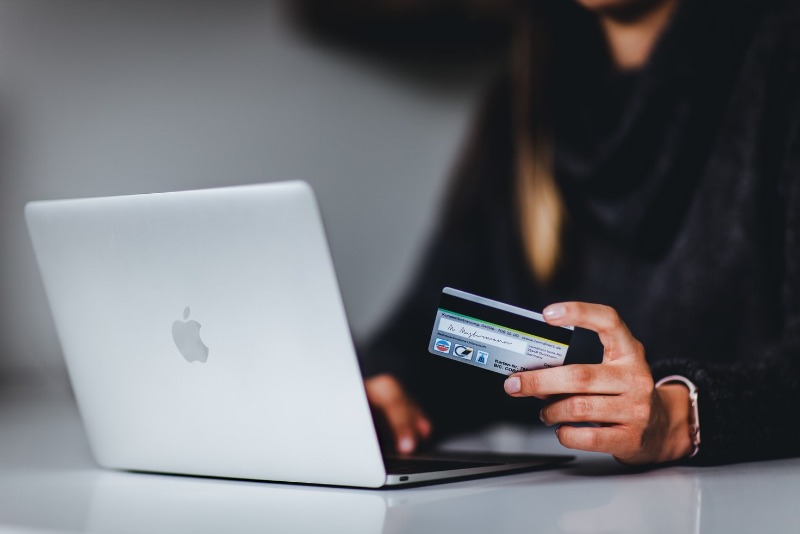
Authorized fraud occurs when a legitimate customer processes payment to another account that is controlled by a criminal. In contrast, unauthorized fraud occurs when the account holder does not provide authorization for the payment to proceed, and the transaction is carried out by a third party. Losses from unauthorized financial fraud involving payment cards and remote banking in the United Kingdom were £844.8 million in the country in 2018.
Banks and credit card providers, on the other hand, averted £1.66 billion in unauthorized theft in 2018. That is the equivalent of £2 being recovered for every £3 of attempted fraud that is prevented.
Credit cards are now more secure than they have ever been, thanks to the efforts of regulators, card issuers, and banks who have invested a significant amount of time and effort in collaborating with investigators throughout the world to guarantee that fraudsters are not successful. Cardholders’ money is often protected from scammers through regulations that hold both the card supplier and the bank responsible. The technology and security mechanisms that underpin credit cards are growing increasingly complex, making it more difficult for fraudsters to steal money from consumers.
Latest News & Scam Alerts
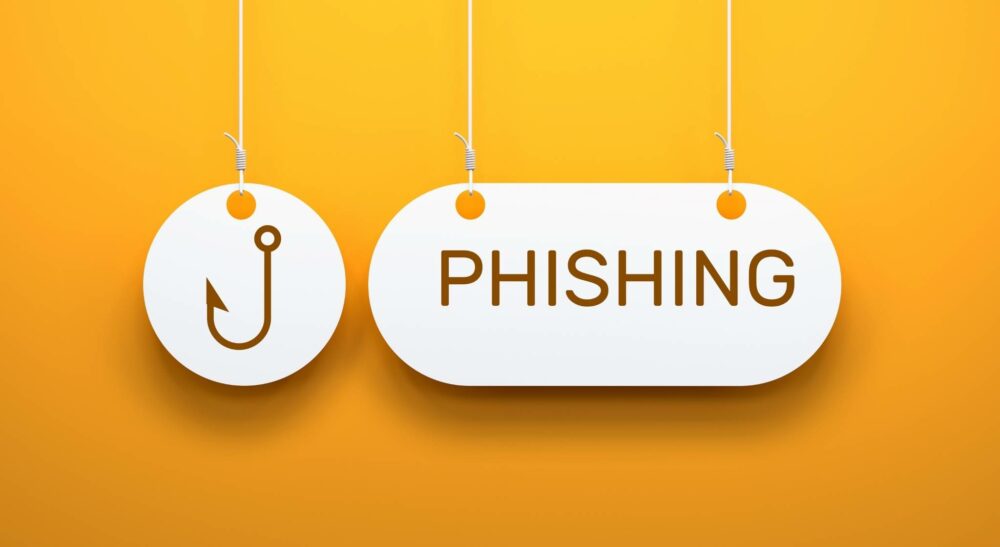


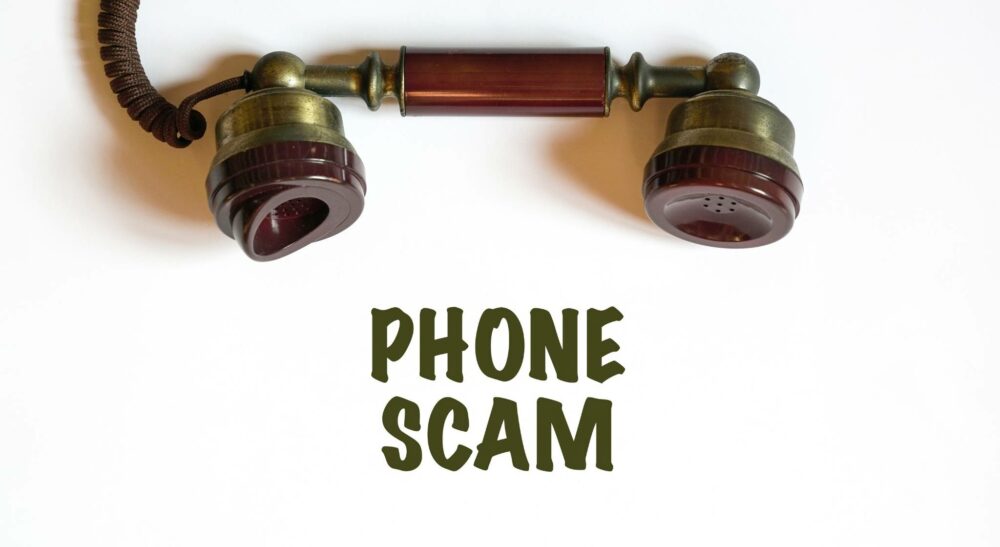
The Latest 411 on Current Day Cell Phone Scam
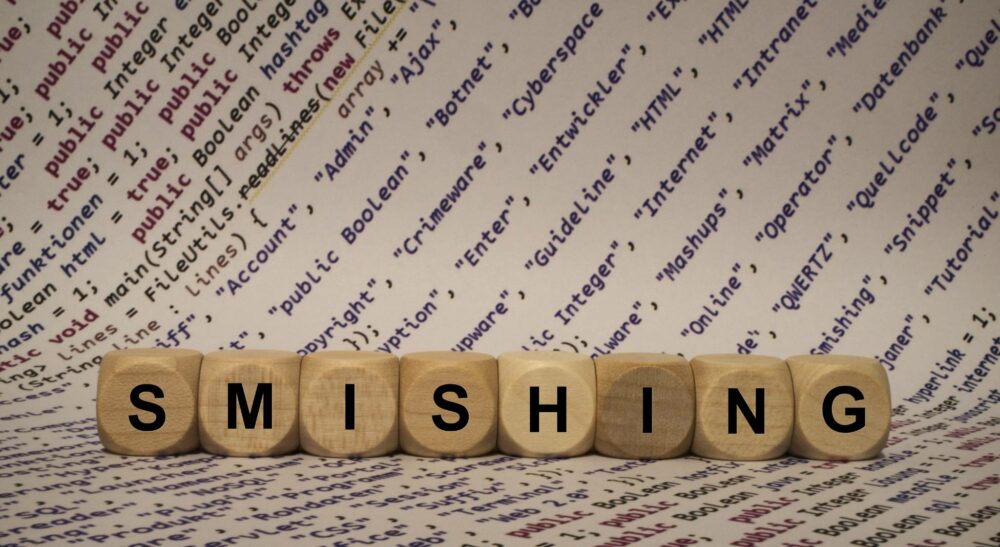
Smishing: A Whole New Level of Scams & Frauds
Even though each individual payment card issuer had a security program in place, the amount of credit card fraud nonetheless kept growing, especially with the advent of the Internet
PCI DSS
If you’re someone who wants to protect your card transactions, then you’re definitely at the right place. We can give you the best practices in identifying red flags as well as help you in recovering your stolen money from scammers!
Table of Contents
How Do Payment Card Scams Take Place?
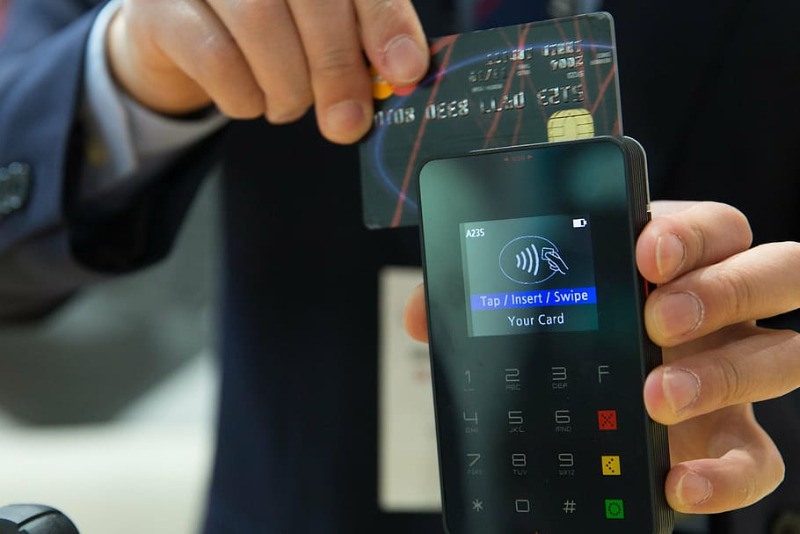
Identity theft through credit card fraud is the most common sort of fraud. With an estimated 1.5 billion credit cards in use in the United States alone, it’s no surprise that millions of people fall victim to credit card fraud every year in the United States. Some criminals perpetrate fraud by using credit cards that have been lost or stolen. Others engage in illicit purchases even if they never have the credit card in their possession at any point.
To commit card-not-present fraud, the criminal simply needs to know the victim’s basic card or account information in order to gain access to the victim’s funds. An extremely large surface area for credit card theft and fraud exists in any firm, no matter how small or large it is.
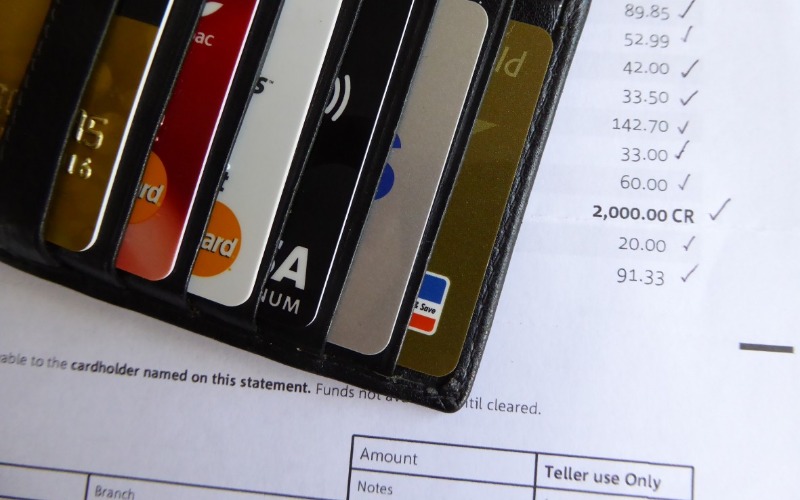
If you are a victim of fraud, you may be subjected to illegal charges, which can result in substantial financial losses. Furthermore, if your credit card balance climbs dramatically, you run the risk of having your credit score negatively affected. Fortunately, there are steps you can take right now to fight off fraud and identify suspected illegal use of your card as soon as it occurs. The most important step in protecting your credit card information from scammers is to be proactive and keep track of your financial accounts.
8 Different Types of Payment Card Scams & How They Occur
1. Stolen or lost cards
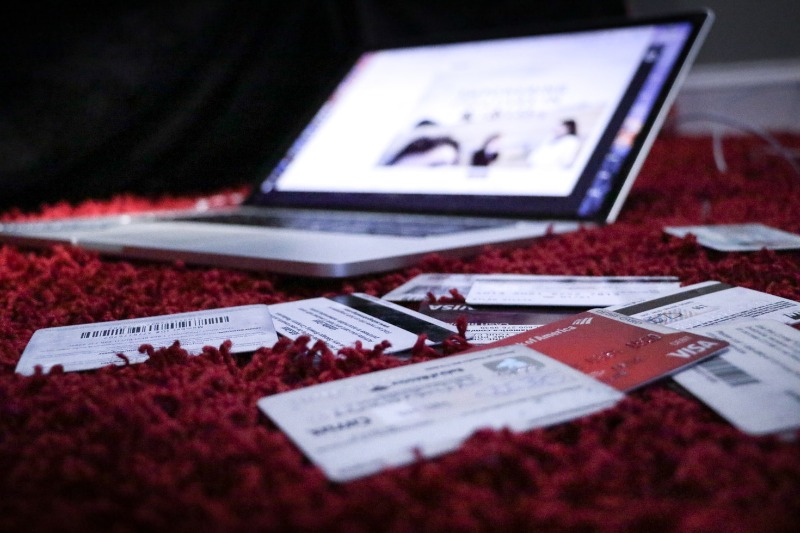
Obtaining credit cards is possible for criminals in two ways: either by recovering them after they have been misplaced or by stealing them from someone else’s hands. The thief may not be able to use the lost or stolen card at a point-of-sale device that requires a PIN because the card has been compromised. However, the fraudster can utilize the card information to make purchases on the internet.

Do you suspect that someone had scammed you?
If you have any suspicion of a scam or phishing attack, then you can rely on EZChargeback to help you with protection, mitigation, and fund recovery.
You will feel safe knowing that experts with years of experience will be guiding you!

2. Doctored, counterfeit, or faked cards
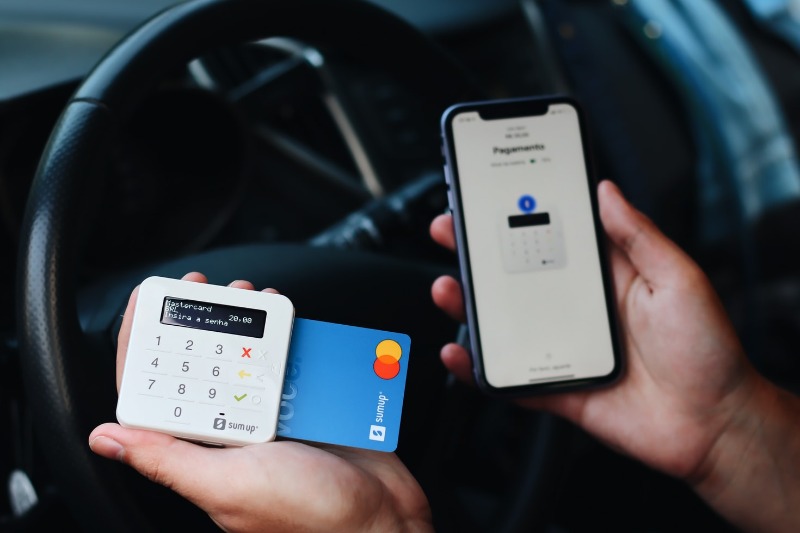
Skimming devices, often known as card skimmers, are capable of unlawfully obtaining credit card information. Using this equipment, criminals can collect information from the magnetic strip of a credit card, which they can then encode into a counterfeited, forged, or doctored credit card.
It may be difficult to tell the difference between a standard card reader or ATM and one that has a skimmer connected to it in some cases. (If you have a loose or odd card reader, make sure you feel it to make sure that is not the case.)
3. Card-not-present fraud
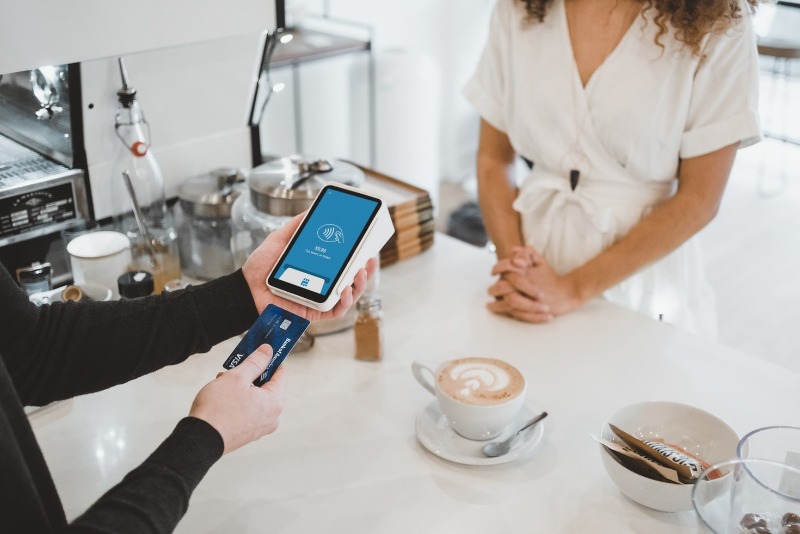
This sort of fraud does not necessitate the possession of an actual credit card by the perpetrator. Instead, they will acquire only the most basic information, such as the account holder’s name, credit card number, and expiration date, from the account holder. These individuals can use this information to commit fraudulent behavior in the mail, over the phone, or online.
4. Application fraud
A criminal may choose to apply for new credit in someone else’s name rather than stealing the information from an existing credit card account. In order to accomplish this, they obtain personal information about the victim, such as their full name, date of birth, address, and Social Security Number. They may even attempt to steal supporting documentation in order to bolster their application’s credibility.

5. Account takeover
An individual can then contact their credit card company and pretend to be the account holder by offering information such as prior purchases, passwords, and credit card information. This practice is described as “social engineering” in some circles. These are the steps they will take to register a change of address and then report the card as lost or stolen in order to have a replacement card mailed to them.
6. Intercepting cards in the mail
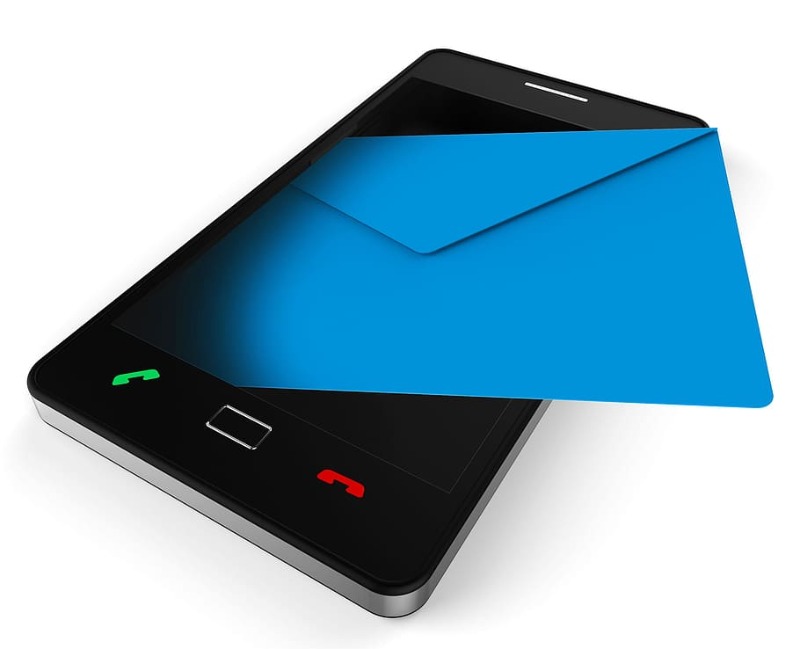
An intercepted shipment or theft from the mailbox of a customer who receives a new or replacement credit card may be possible if a credit card provider sends out new or replacement cards through the mail. As a result, when sending cards, the majority of card issuers will employ plain-looking text and packaging.
7. Unexpected repeat billing
Online bill payment or internet purchases made using a bank account are a common source of recurrent billing, which is referred to as “recurring bank charges.” Standing orders, also known as banker’s orders, are orders from a client to honor and pay a specific sum to a payee on a monthly basis. The ACH Network is a payment system that allows vendors and payees to receive payment via direct debit through the use of E-commerce, particularly in the United States.

While many payments or purchases are legitimate, and the client intends to pay the bill on a monthly basis, certain payments or purchases are referred to as Rogue Automatic Payments. Another sort of credit card fraud targets people who use public utilities. People purporting to be representatives of utility companies approach customers in person, by phone, or via internet communication, and they refuse to accept their messages.
When clients are contacted by fraudsters, they are informed that their utilities will be disconnected unless an instant payment is made, which is commonly accomplished through the use of a reloadable debit card. Scammers have been known to use legitimate-looking phone numbers and visuals to trick victims in the past.
8. Skimming
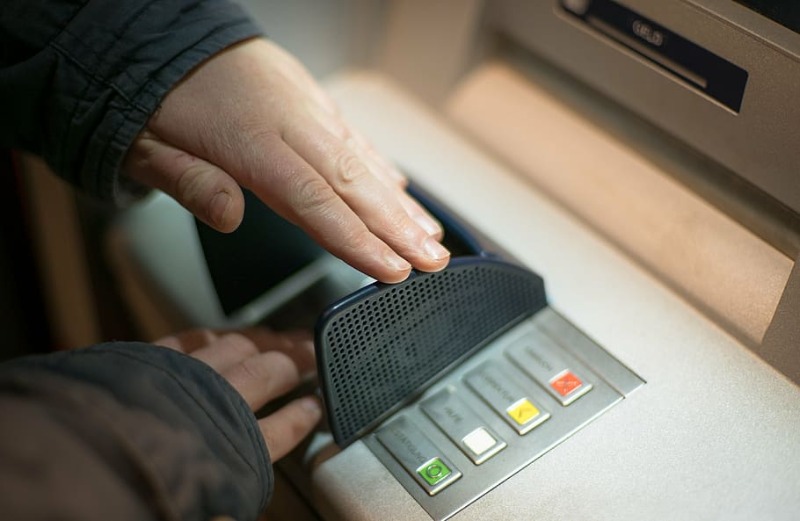
Skimming is the theft of personal information that has been used in a transaction that would otherwise be considered normal. Utilizing simple means such as photocopying receipts or more sophisticated ones such as using a small electronic device (a “skimmer”) to swipe and store hundreds of victims’ card data, the thief can obtain a victim’s credit card number and use it to make purchases. Taxis, restaurants, and bars are common locations for skimming because the skimmer is in possession of the victim’s payment card and is not in the victim’s immediate vicinity.
Additionally, a small keypad may be used to inconspicuously copy the three- or four-digit card security code, which is not available on the magnetic strip, without drawing attention to himself.
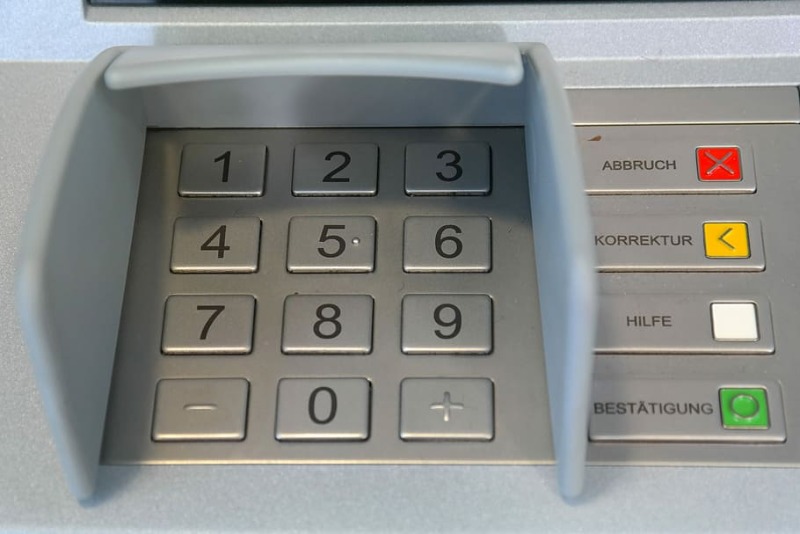
The call center industry is another sector where skimming may occur with relative ease. The use of a third-party card-reading device, either within or outside a card-swiping terminal, can result in skimming at a merchant’s establishment. With each swipe of a customer’s card, a thief is able to record their card information, including their PIN, and use it to commit fraud. Skimming is difficult to detect for the average cardholder, but it is very straightforward for the card issuer to identify if a large enough sample is collected and analyzed.
In order to uncover ties between cardholders and the merchants they use, the issuer compiles a list of all cardholders who have lodged complaints about fraudulent transactions and then utilizes data mining to discover relationships between them and the merchants they use. Sophisticated algorithms can also be used to look for patterns of fraudulent activity.

Merchants are responsible for the physical security of their terminals, and the consequences for failing to do so can be severe, ranging from large fines by the issuer to complete exclusion from the system, which can be fatal to businesses such as restaurants, where credit card transactions are the norm if the security of the terminals is compromised. Skimming has been reported in situations when the offender has placed a device over the card slot of an automated teller machine.
This device reads the magnetic strip of the card as the user mistakenly puts their card through the machine. These devices are frequently used in conjunction with a small camera to read the user’s personal identification number at the same time as they read the user’s fingerprints. There are several places throughout the world where this method is being employed, such as in South America, Argentina, and Europe.
Can You Avoid Credit Card Scams?

Identity theft through credit card fraud is the most common sort of fraud. With an estimated 1.5 billion credit cards in use in the United States alone, it’s no surprise that millions of people fall victim to credit card fraud every year in the United States. Prevention is the most effective method of safeguarding yourself against credit card fraud.
Take preventative measures wherever possible. Maintain the security of your credit card and only enter your credit card information on recognized online stores. Never give them to anyone whose credibility you cannot check over the phone.
Although you have taken all essential precautions to avoid becoming a victim of fraud, you should remain attentive by conducting regular checks for any suspicious activity. It is necessary to thoroughly examine monthly credit card statements in order to identify any fraudulent activities.
Checking your credit report on a regular basis to see if anything unusual has occurred, such as new credit searches and inquiries, the establishment of new accounts, or the registration of unknown addresses, is a good practice. Examining your bills and invoices to ensure that you are not receiving correspondence and collection letters for accounts that you are unfamiliar with is a good idea.
If you got scammed and need advice on how to get your money back then we can help you. Contact Us today!

You can also utilize your credit report to see if you are listed on any collection agencies‘ lists, as the majority of collection agencies disclose debts to credit reporting agencies. In the form of identity theft monitoring services, many credit card issuers provide additional protection to their customers. If there are any changes to your credit report, any questionable activity on your credit account, or any instances of your stolen information appearing on the internet, you will be notified by these agencies.
Start Taking Preventive Measures!
While it’s true that there is no way to completely eliminate credit card theft, you can become aware of the most frequent kinds of fraud, take precautions and safeguard yourself against them.
Take stock of the information provided in this guide, and start making plans to secure your bank account. Knowledge is the first step!
do you need help?
A lot of those who contact us have questions and concerns about their personal and business data being compromised. We aim to arm you with the legal and technical know-how in the fight against scams. Also, we will be able to refer you to top scam recovery agencies.
Please fill up the form. Rest assured that our support team will get in touch with you





